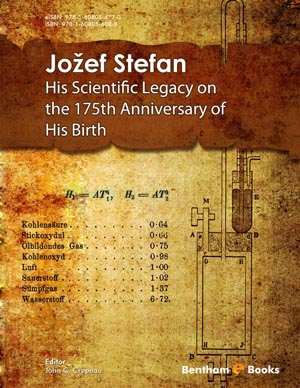Abstract
Ben-Hur has been filmed three times. The protagonist of the film, who was
shot during the time of silent cinema in 1925, was Ramon Novarro, the great star of the
era. The most memorable one, which won 11 Oscars and has an important place in
cinema history, is the 1959 film by the master director William Wyler. This review
focuses on the 1959 film, considered more successful due to its impressive, sincere,
and convincing spatial setup.
Judah Ben-Hur was a wealthy Jewish merchant prince, living in Jerusalem in 26 AD
(early first century). What is told in the movie is the story of a large family who lived
in Jerusalem when the cruel and imperious administration of the Roman Empire was
ruling, and Jesus Christ was spreading his teachings.
In this section, the construction of space that can form the common language of both
disciplines in the cinema-architecture relationship, design, innovations and invention,
inspiration for real-life, and beyond, the richness of imaginary fiction, ideas about
different lives and worlds, art and aesthetics in space setup, and the similarities of
cinema and architecture will be the topics of interest. Since the film occurs in the
atmosphere of ancient cities such as Rome and Jerusalem, which were at the center of
classical world civilization, it provides a suitable setting for conducting analyses in this
field. The film presents a wide range of architectural facades within these rich themes.
“Power and architecture,” “Faith and architecture,” and “Politics and architecture” are
the main ones. The method of the article will be to explain the analysis of the Ben-Hur
film over these themes.
The influence of government power on shaping the city and its architecture is excellent.
The ideologies, administrative approaches, and practices of the rulers of Rome and
Jerusalem were created through monumental buildings that command, subjugate, and
spiritually influence, and magnificent architectural works that oppress the ruled. Today,
we often cannot show the ability to look at the texture and layers of cities from a
historical perspective. However, a well-executed political-religious-architectural film
can turn into a civilization narrative that reveals these issues in detail and history. That
is what happened with Ben-Hur.








